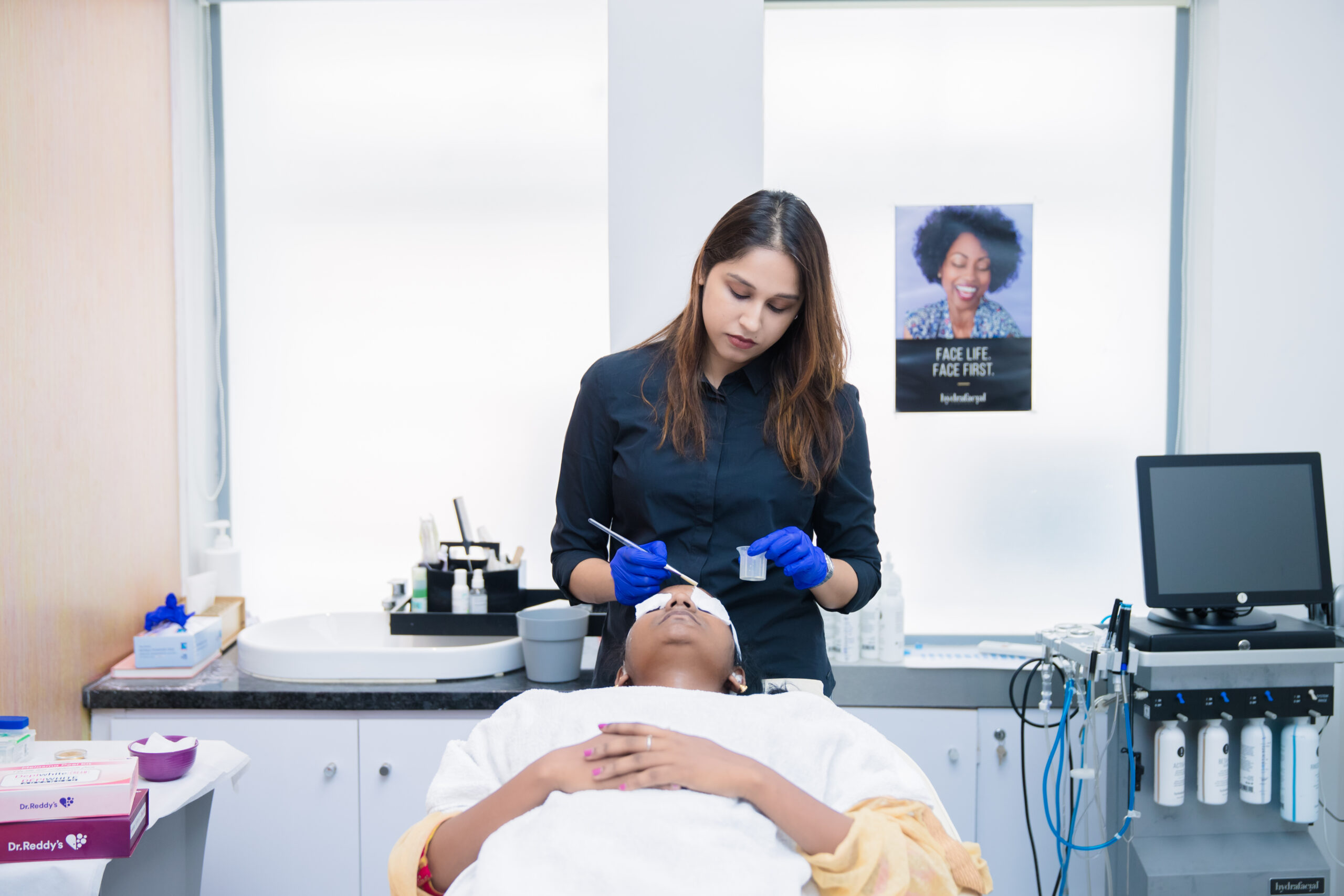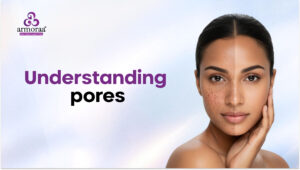Introduction:
Dark circles under the eyes are a common concern for many people, often attributed to factors such as lack of sleep, stress, genetics, and aging. While they may not pose a significant health risk, they can impact one’s appearance and self-confidence. Fortunately, dermatologists offer various treatments to help reduce the appearance of dark circles and rejuvenate the under-eye area.
Understanding the Causes:
Before delving into treatment options, it’s essential to understand the underlying causes of dark circles. While genetics play a significant role, other factors contribute to their formation
Thin Skin: The skin under the eyes is thinner and more delicate than elsewhere on the face, making blood vessels and underlying structures more visible.
Loss of Collagen and Fat: As we age, collagen and fat in the under-eye area diminish, leading to hollowing and a more pronounced appearance of blood vessels and dark circles.
Allergies and Sinus Issues: Conditions such as allergies and sinus congestion can cause blood vessels to dilate and darken the under-eye area.
Lifestyle Factors: Lack of sleep, excessive sun exposure, smoking, and poor nutrition can exacerbate dark circles by contributing to dehydration, inflammation, and skin damage.
Friction: Excessive rubbing of the eyes can irritate the delicate skin around them, leading to inflammation and the appearance of dark circles.
Blue Light Exposure: Prolonged exposure to blue light from screens like computers, smartphones, and tablets can disrupt sleep patterns and lead to eye strain, contributing to the development of dark circles.
Nutritional Deficiencies: Deficiencies in essential nutrients such as iron (leading to anemia) and vitamin B12 can result in pale or sallow skin, making dark circles more noticeable.
Treatment Options:
Dermatologists offer a range of treatments tailored to address the specific causes of dark circles and achieve optimal results:
Topical Treatments: Dermatologists may prescribe or recommend topical creams containing ingredients such as retinoids, vitamin C, peptides, and hyaluronic acid to improve skin texture, increase collagen production, and reduce pigmentation.

Chemical Peels: Chemical peels containing ingredients like glycolic acid or trichloroacetic acid can help exfoliate the skin, stimulate collagen production, and fade pigmentation, resulting in a brighter, more even-toned under-eye area.

Dermal Fillers: Injectable fillers such as hyaluronic acid-based products can be strategically placed to restore volume, smooth out hollows, and camouflage dark circles.
Platelet-Rich Plasma (PRP) Therapy: PRP therapy involves injecting a concentrated solution of the patient’s own platelets into the under-eye area to promote tissue regeneration, improve circulation, and enhance skin quality.
Microneedling: Microneedling with or without the addition of growth factors or PRP can stimulate collagen production, improve skin texture, and reduce the appearance of dark circles over time.
Surgical Options: In severe cases of under-eye hollowing or fat protrusion, surgical procedures such as blepharoplasty (eyelid surgery) or fat grafting may be recommended to address the underlying structural issues.
Consultation with a Dermatologist:
When considering treatment for dark circles, it’s essential to consult with a board-certified dermatologist who can assess your concerns, evaluate your skin type and condition, and recommend the most appropriate treatment plan for your needs and goals. A comprehensive evaluation will help determine whether topical treatments, minimally invasive procedures, or more advanced interventions are suitable for achieving optimal results.




